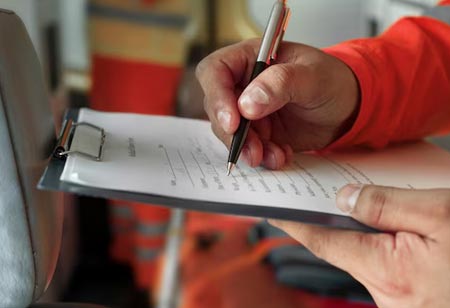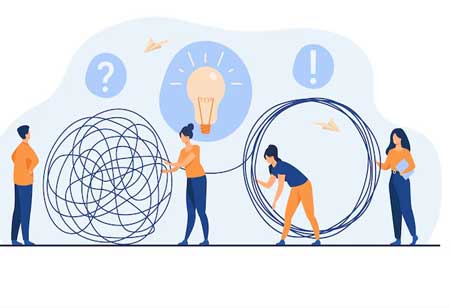THANK YOU FOR SUBSCRIBING
Be first to read the latest tech news, Industry Leader's Insights, and CIO interviews of medium and large enterprises exclusively from Gov CIO Outlook
THANK YOU FOR SUBSCRIBING

By
Government CIO Outlook | Wednesday, December 29, 2021
Stay ahead of the industry with exclusive feature stories on the top companies, expert insights and the latest news delivered straight to your inbox. Subscribe today.
Sorting plastic bags from the rest of the rubbish is a fantastic concept for the environment. The more plastic that is thrown away in the blue bin, the less it ends up in landfills.
Fremont, CA: There is an opportunity for development in the field of plastic recycling. And, with plastic piling up everywhere from mountaintops to the seafloor, improved recycling is critical. Fortunately, chemists from all around the world are on the case. Some people are attempting to make it easier to recycle a wider range of plastics. Others are attempting to make more usable products out of recycled plastic. Both solutions have the potential to reduce the amount of plastic that ends up in landfills or the ocean.
Sorting plastic
One of the most difficult aspects of recycling is that each form of plastic must be handled independently. All of the plastic in the recycling container is taken to a material recovery plant for processing. People and machinery sort garbage there. Plastics that have been sorted are then washed, shredded, melted, and remolded. Simple goods like soda bottles and milk jugs work well with the approach. It does not, however, work with deodorant containers. Different plastics could be used for the deodorant bottle, cap, and crank.
Making a plastic mix
There may be ways to recycle unsorted plastics in a more efficient manner. Compatibilizers are chemicals that aid in the mixing of different polymers. There is no chemical that permits the mixing of all types of plastic. Coates' team, on the other hand, has created one that combines polyethylene and polypropylene. This may make recycling a lot more convenient. Those two plastics account for the majority of the world's plastic waste. The new compatibilizer contains chemicals that have been precisely created. Each molecule is made up of four parts. Two polyethylene pieces alternate with two polypropylene bits. The segments latch on to plastic molecules of the same kind in a combination. It's as if polyethylene and polypropylene were Legos and Duplos, respectively. The compatibilizer molecule acts as a link between the two types of blocks. This aids the joining of polyethylene and polypropylene molecules.
I agree We use cookies on this website to enhance your user experience. By clicking any link on this page you are giving your consent for us to set cookies. More info

However, if you would like to share the information in this article, you may use the link below:
www.govciooutlookapac.com/news/better-technologies-for-more-plasticfree-landfills-nid-1488.html



